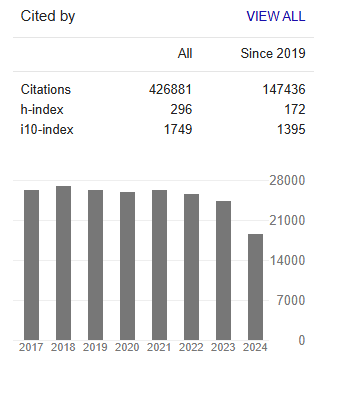Noninvasive Acute Compartment Syndrome Diagnosis Using Random Forest Machine Learning
Abstract
Zaina Abu Hweij, Florence Liang and Sophie Zhang
Acute compartment syndrome (ACS) is an orthopedic emergency, caused by elevated pressure within a muscle compartment that leads to permanent tissue damage and eventually death. Diagnosis of ACS relies heavily on patient-reported symptoms, a method that is clinically unreliable and often supplemented with invasive intracompartmental pressure measurements. This study proposes a continuous, objective, noninvasive diagnostic for ACS. The device detects ACS through a random forest machine learning model that uses pressure readings from force-sensitive resistors (FSRs) placed on the skin. The final diagnosis is exported real-time to a web application via Bluetooth. To validate the diagnostic, a data set containing FSR measurements and the corresponding simulated intracompartmental pressure was created. The diagnostic achieved an accuracy, on par to the invasive gold standard, of 97%. The device excelled in key performance metrics including precision, sensitivity, and F1 score. Manufactured for 73 USD, our device may be an economic alternative to needle-based diagnostics. These results demonstrate the potential of noninvasive ACS diagnostics to meet clinical standards and enhance patient care.




